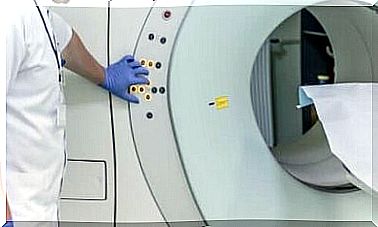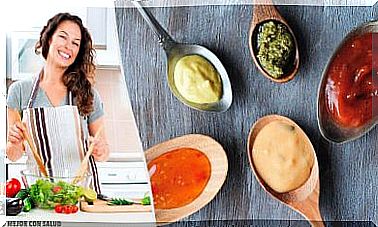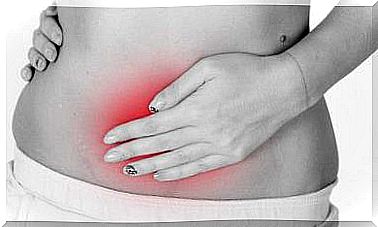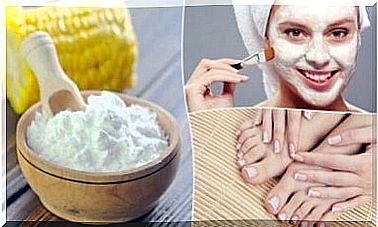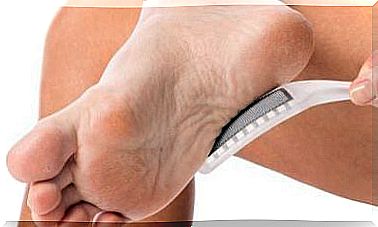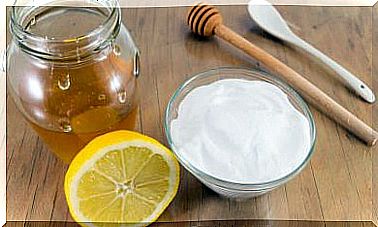Simple Tricks To Remove Mold
Even if natural agents sometimes require several applications, they can prevent possible intoxication, which cannot be guaranteed with chemical agents.
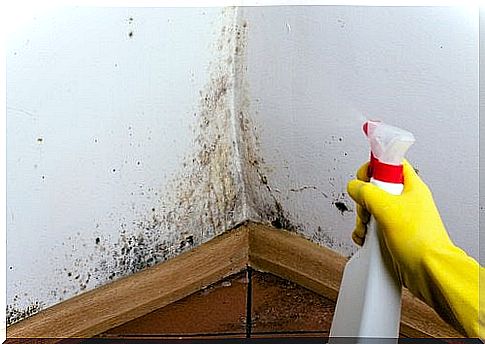
In microbiology, molds are classified as filamentous fungi. Due to the nature of their cells, they belong neither to the plant nor to the animal kingdom.
There are believed to be hundreds of species worldwide. But the most common molds in the home are Cladosporium, Penicillium, Alternaria and Aspergillus.
They particularly like to settle in damp corners, on walls and tiles and in the bathroom.
It should be noted that the mold not only leaves unsightly stains on the walls, but can also cause health problems such as respiratory problems and allergic reactions.
However, there are various tricks that can be used to quickly and effectively eliminate the fungi without the need for aggressive chemical products.
In today’s post, we recommend several effective remedies that can be very useful.
White vinegar against mold
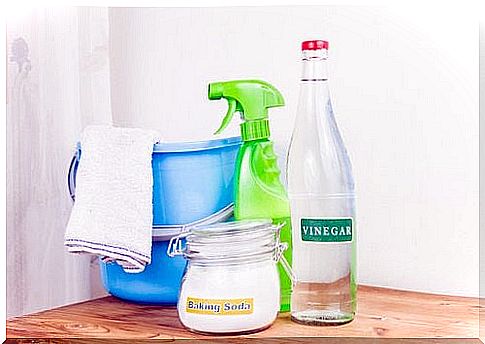
Do you want to remove mold without spending a lot of money? Then you can take advantage of the benefits of white vinegar.
This popular home remedy has strong antibacterial and antifungal properties. This is why it is also very helpful in getting rid of mold.
Use of vinegar
- Put a cup of vinegar in a spray can and use it to sprinkle the stains on the wall.
- Let the vinegar work for a few minutes and then clean the infected areas with a cloth.
- Repeat this application as often as necessary until the mold has been completely removed.
Tea tree essential oil
Tea tree oil has strong antibiotic and antibacterial properties. That is why it is used for a wide variety of household and medical applications.
While it is not cheap compared to other cleaning products. D afor but it is not harmful and does not pollute the environment.
Use of tea tree oil
- Dilute a teaspoon of tea tree oil with half a liter of water and spray this mixture onto the fungus-infested surfaces.
- Wait a few minutes for the active ingredients to do their job. Then wipe off the oil with a cloth or brush.
Hydrogen peroxide
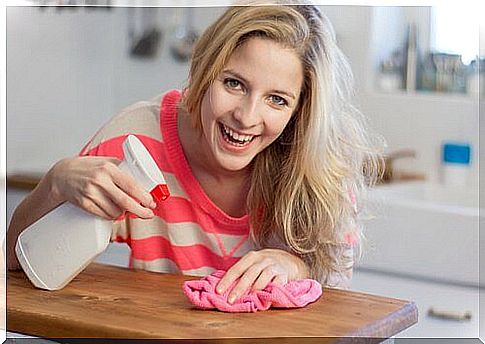
Hydrogen peroxide is ideal for disinfecting wounds, but it also has a whitening and antibacterial effect. This is very helpful for various household cleaning tasks.
Use pure hydrogen peroxide to get rid of mold. This makes it easier to solve the problem.
Use of hydrogen peroxide
- The agent is simply sprayed on the affected walls. After 15 minutes of action, clean the walls with a brush.
- Wash off hydrogen peroxide and repeat this home remedy as often as necessary.
Sodium percarbonate
Sodium percarbonate is an excellent bleaching agent. It is therefore used in many detergents and cleaning agents.
This can remove dirt and mold.
Use of sodium percarbonate
- Dissolve a few tablespoons in lukewarm water and spray this mixture on the stains.
- Wipe off after 20 minutes of action.
Grapefruit seed extract
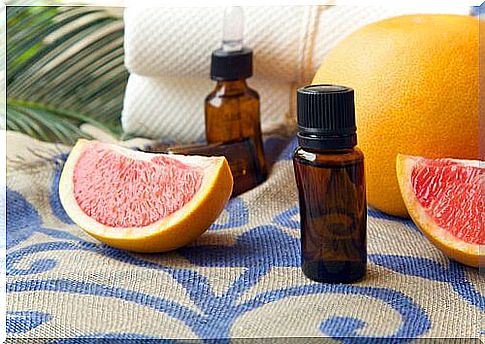
Grapefruit seed extract is not that well known. But it is an excellent cleansing agent.
The antiviral, antibacterial, and antifungal properties also help against mold. One advantage of this product is that it doesn’t smell as strong as other products.
How is the grapefruit seed extract used?
- Dissolve 20 drops in a cup of water and use it to rub off the mold.
- Let it work and then remove the dirt with a cloth. You don’t have to wipe the wall.
vodka
Vodka is a popular drink, but there are alternative uses for it that can be very useful.
This can be used to remove mold, for example. D hen vodka eliminates bacteria of almost any surface. In addition, this drink also removes fungus and leaves perfect walls.
Use of vodka
- Spread vodka generously on the infected walls and let the product sit for 10 minutes.
- After this time, rub the walls with a sponge or cloth.
- Use this home remedy several times to improve results.
Choose the method that suits you best and follow the recommendations to get the results you want.
Ventilate the damp areas sufficiently to prevent the fungi from spreading any further.
